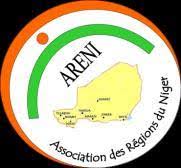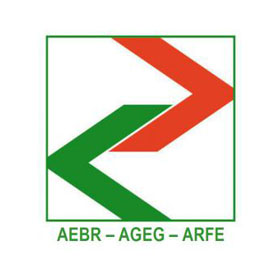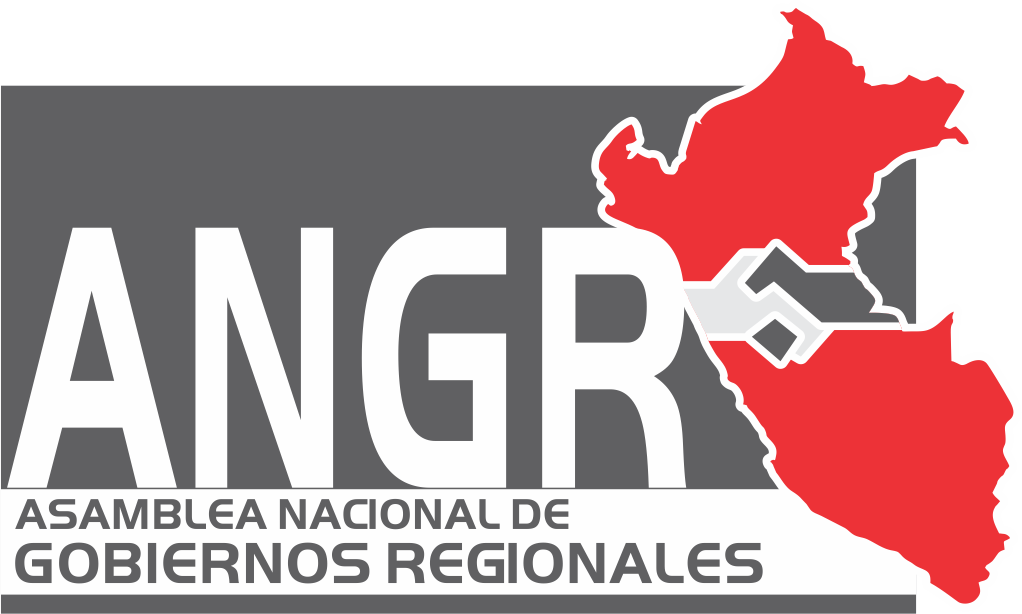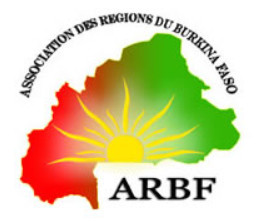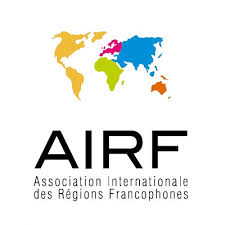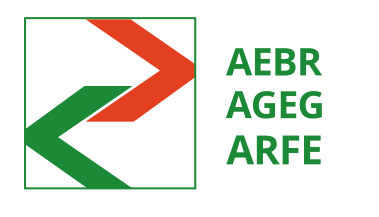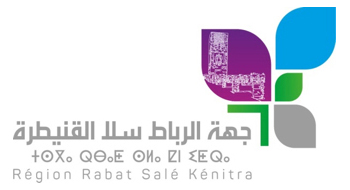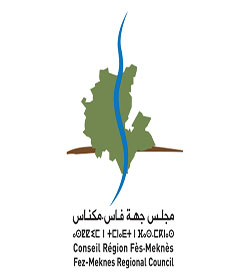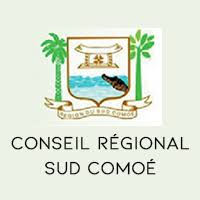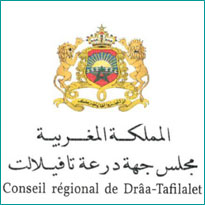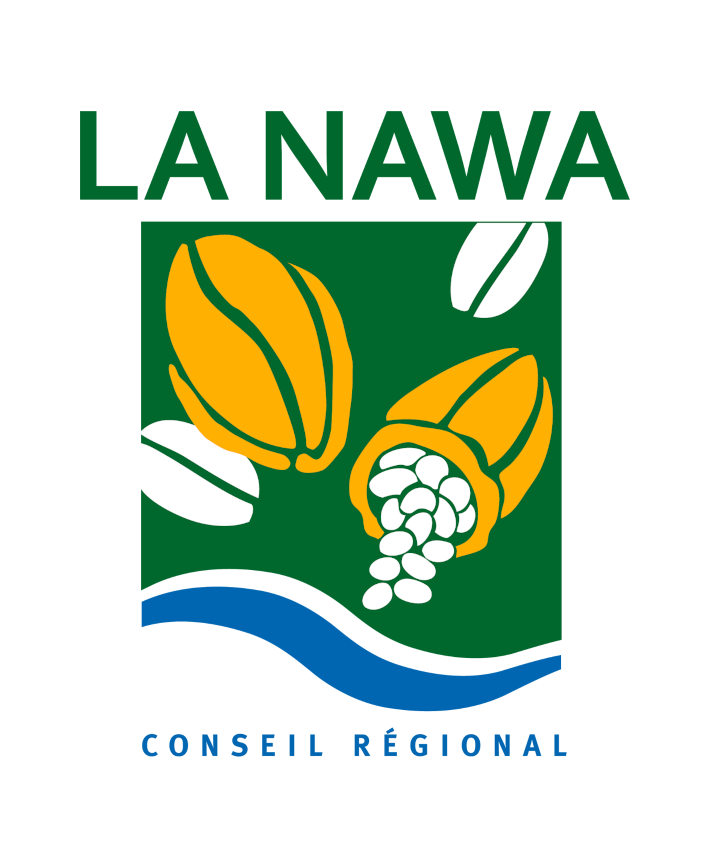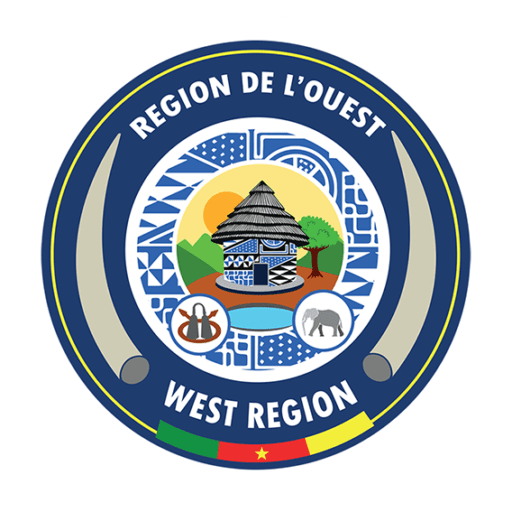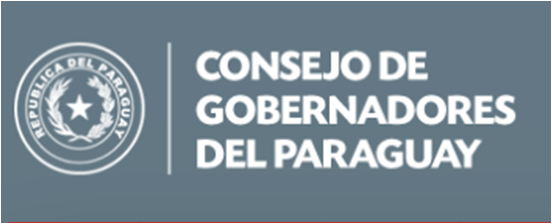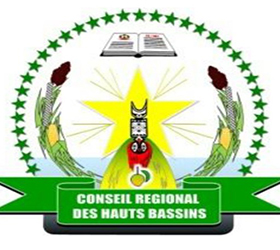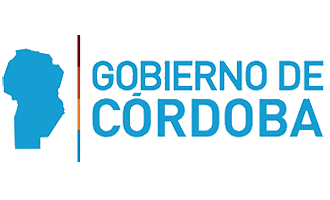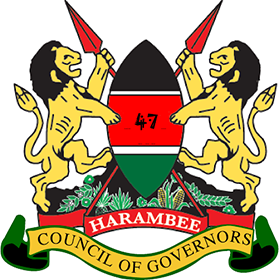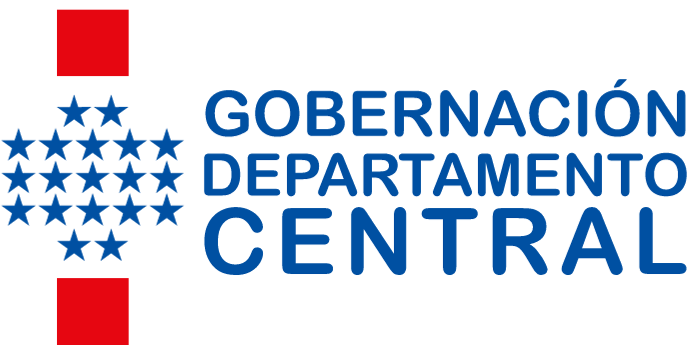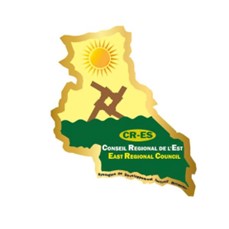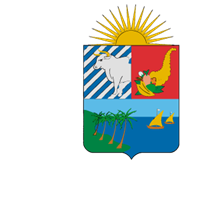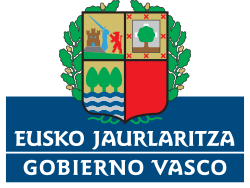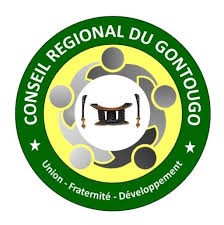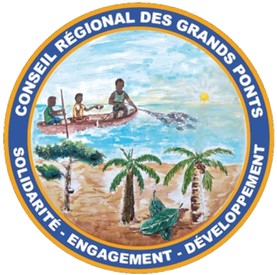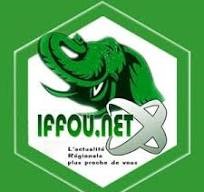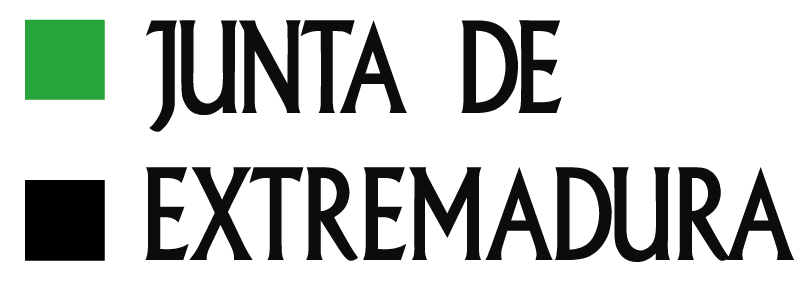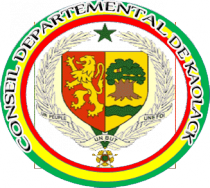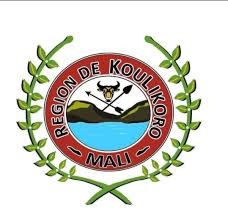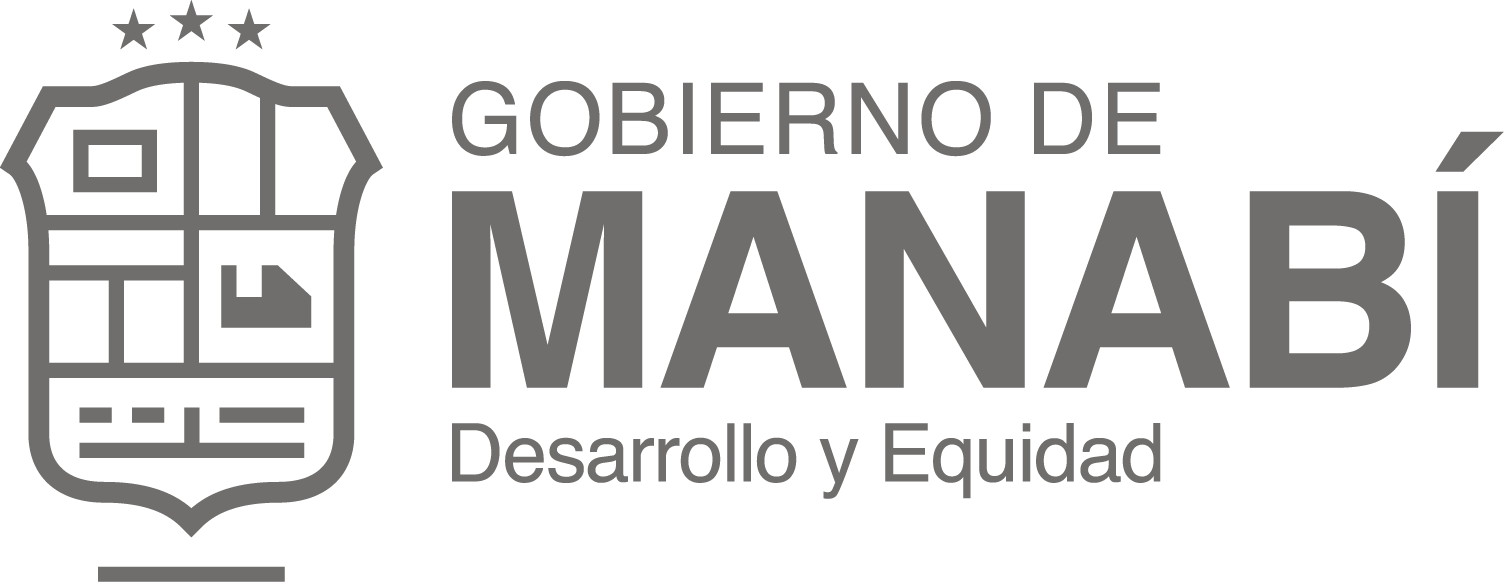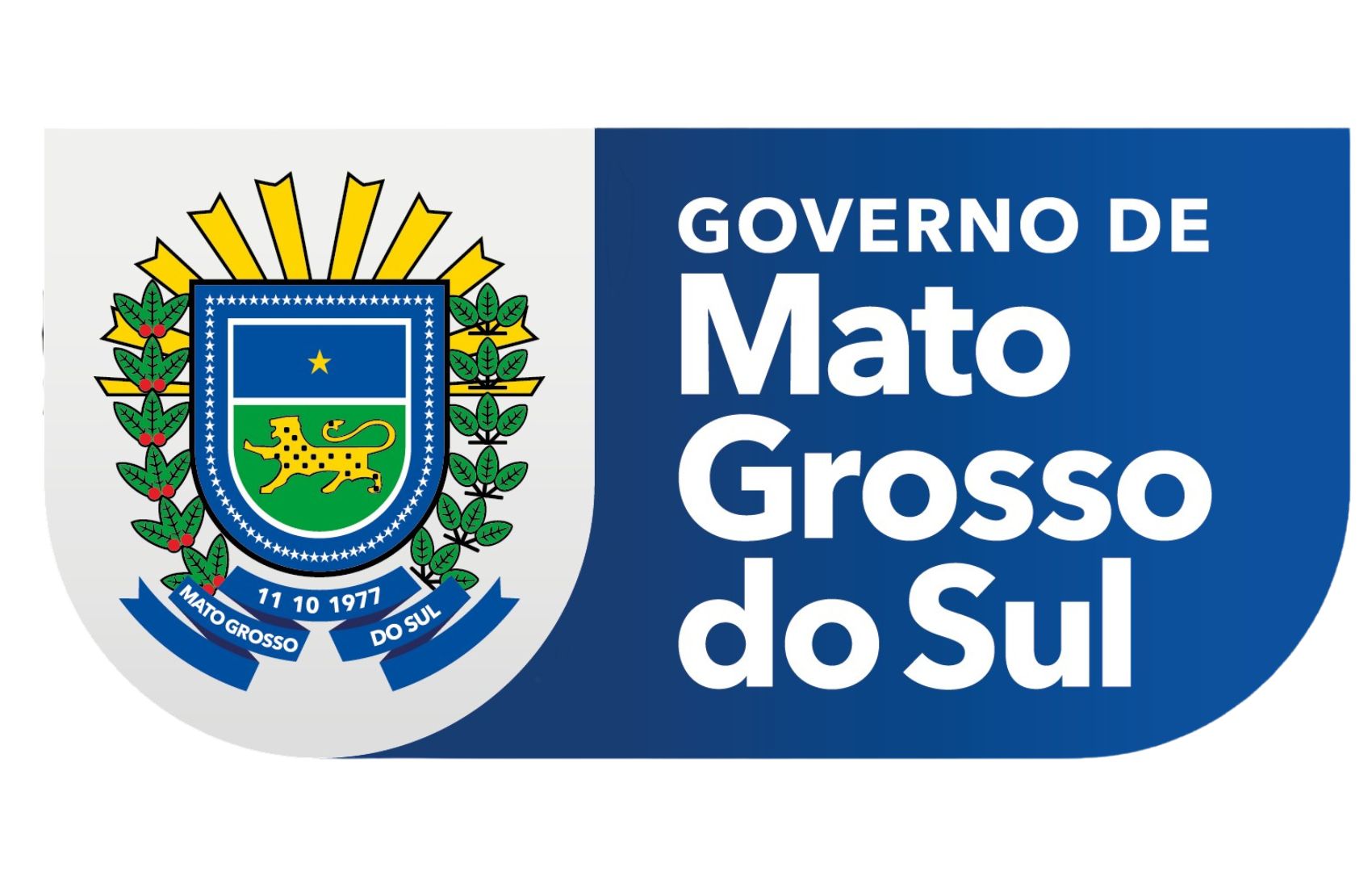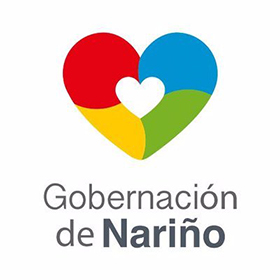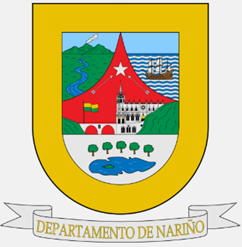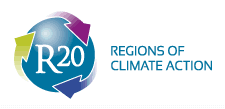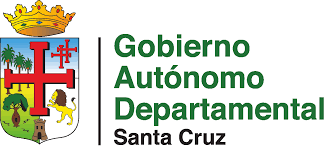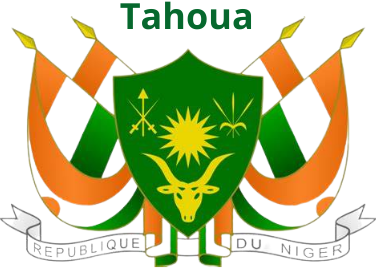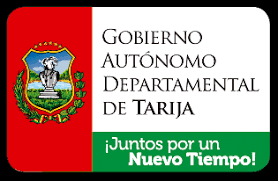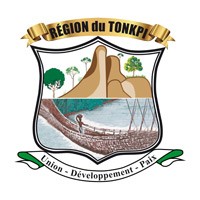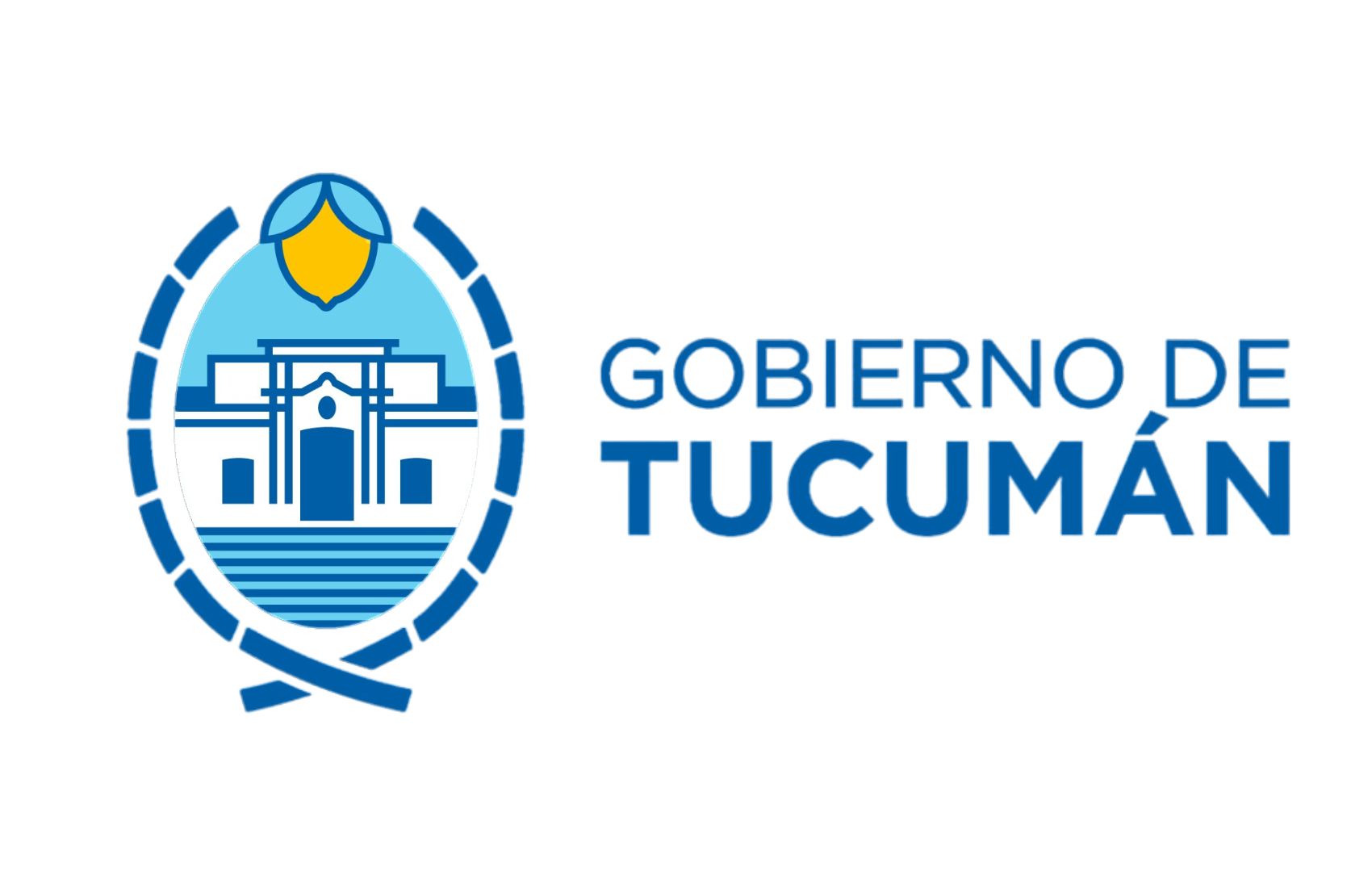The territories in the New Urban Agenda
Following the adoption of a global agenda, we normally look forward in search of the best means, not only financial, for its implementation and assessment, in order to achieve the targets set. Also, it is necessary to look back to reflect on the previous process. The New Urban Agenda, adopted in October 2016 at the Conference Habitat III, is currently at this stage.
Habitat International Coalition (HIC) was created at the first Habitat Conference (Vancouver 1976) and already at the Habitat II Conference (Istanbul 1996)1, HIC plays a decisive role in the coordination of the contributions of the civil society to the Habitat Agenda, in force until 2016. The main challenge of that agenda, which established a symbiotic relationship between the rural (territory) and the urban (city) worlds, was its implementation: not having financing plans nor political will, the agreements adopted by the delegate countries diminished progressively, until fading into obscurity. However, civil society and social movements continued their fight, evaluating the progress and denouncing the setbacks of the commitments undertaken by the governments and stakeholders involved in the previous Conferences. One of HIC’s main demands was –and still is- a balanced development (and a balanced investment) for the urban and rural areas within the framework of human rights, recalling the promise of Habitat Agenda to have a "cross sectorial and regional approach of human settlements planning that highlights the rural-urban linkages and considers villages and cities as the two ends of a continuous series of human settlements in a common eco-system."2 Twenty years later, we witness how the new “urban” agenda moves away from this habitat integral approach and omits several negative issues of urbanization, like private interests dictating the price and the criteria of access to land; impoverished people forced to migrate to cities; the lack of solutions for the homeless drama, the lack of land, inequalities in access to housing and a growing number of evictions and displacements. At the same time, it doesn’t develop basic tools for its implementation, such as the redistribution of gains, which was reflected in the Habitat Agenda, as it envisaged to apply “innovating instruments to take profit of land value increases and recover public investments"3.
In March 2016, Dr. Joan Clos, Director of UN Habitat and Secretary General of the Habitat III Conference assured that "the New Urban Agenda will pay for itself"4, considering that the urbanizing processes generate added value and this value needs to be redistributed. But this statement brings up many critical issues that can’t be disregarded and that cast some doubt on the viability of this value capture and is distribution. In the first place, it is true that the cities produce many values such us social, knowledge and cultural, opportunities, as well as economic and financial values. Unfortunately, these last values are often related to speculative processes of land management and use, which affect housing and its accessibility to a large extent. It’s these speculative processes, derived from housing and land financing5, what generate inequalities and segregation. How is it possible that the gains from an unfair system are used to mitigate part of its harmful effects? Also, we assume that this capture is not enough to undo the damage caused during decades in the cities –and surrounding territories- and to tackle current processes.
On the other hand, HIC celebrates some positive aspects of the New “Urban” Agenda, like the support to the alternatives to the current economic systems, which have had a great influence on the Habitat around us and that would certainly help the global agendas’ implementation processes. Concepts like Social and Solidary Economy6, the Habitat’s Social Production7, the different forms of cooperativism8, the Land’s Social and Ecological Function9 and the need not to place people at the forefront unofficial economy and to regulate it10, place people at the forefront of the global agendas’ implementation and they make a significant contribution to these processes.
Lastly, HIC endorses the idea that an effort should be made to finance and support access to adequate housing and all it entails (location, services, transport, infrastructures, opportunities, as well as use and tenure security, among others). If there is a human right that could be a wonderful means to achieve other rights, that would be the human right to adequate housing with an integral view of the territory, covering all those who live in rural areas and including farmers and indigenous peoples. In short, a global agenda and an implementation for everyone, leaving no one behind.
1 For more information, check the publication ' Habitat I, Habitat II, Habitat III: 1976-1996-2016' available at http://www.hic-gs.org/document.php?pid=6966
2 The habitat Agenda, par. 104, A/CON.165/14, 14 June 1996, at: http://www.hlrn.org/img/documents/Habitat%20II%20&%20Ist%20Decl%20EN.pdfh
3 The habitat Agenda, íbidem, par. 76 (h)
4 Check the complete interview at http://citiscope.org/habitatIII/commentary/2016/03/new-urban-agenda-will-pay-itself
5 For more information, check the report on land and housing financing in the Report of the Special Rapporteur on adequate housing as a component of the right to an adequate standard of leaving and on the right to non-discrimination in this context, available at https://documents-dds-ny.un.org/doc/UNDOC/GEN/G17/009/56/PDF/G1700956.pdf?OpenElement
6 The New Urban Agenda, par. 58 , A/RES/71/256, 25 January 2017, at: http://habitat3.org/wp-content/uploads/New-Urban-Agenda-GA-Adopted-68th-Plenary-N1646655-E.pdf
7 The New Urban Agenda, íbidem, par. 31 y 46
8 The New Urban Agenda, íbidem, par. 58, 107 y 140.
9 The New Urban Agenda, íbidem, par. 13 a) y 69,
10 The New Urban Agenda, íbidem, par. 13 d) y 59
Álvaro Puertas
Secretary General Habitat International Coalition (HIC)




